Tahdig is the amazing result of cooking rice over a long period with oil at the bottom of the pot. If you know how to hone the variables (and the stars are aligned 😉) you get a perfect crispy layer of rice at the bottom of the pot.
Tahdig is notoriously temperamental, but if you follow this recipe, your tahdig will be perfect every time. If you’re looking for tahdig with a layer of potatoes on the bottom, use this recipe instead.
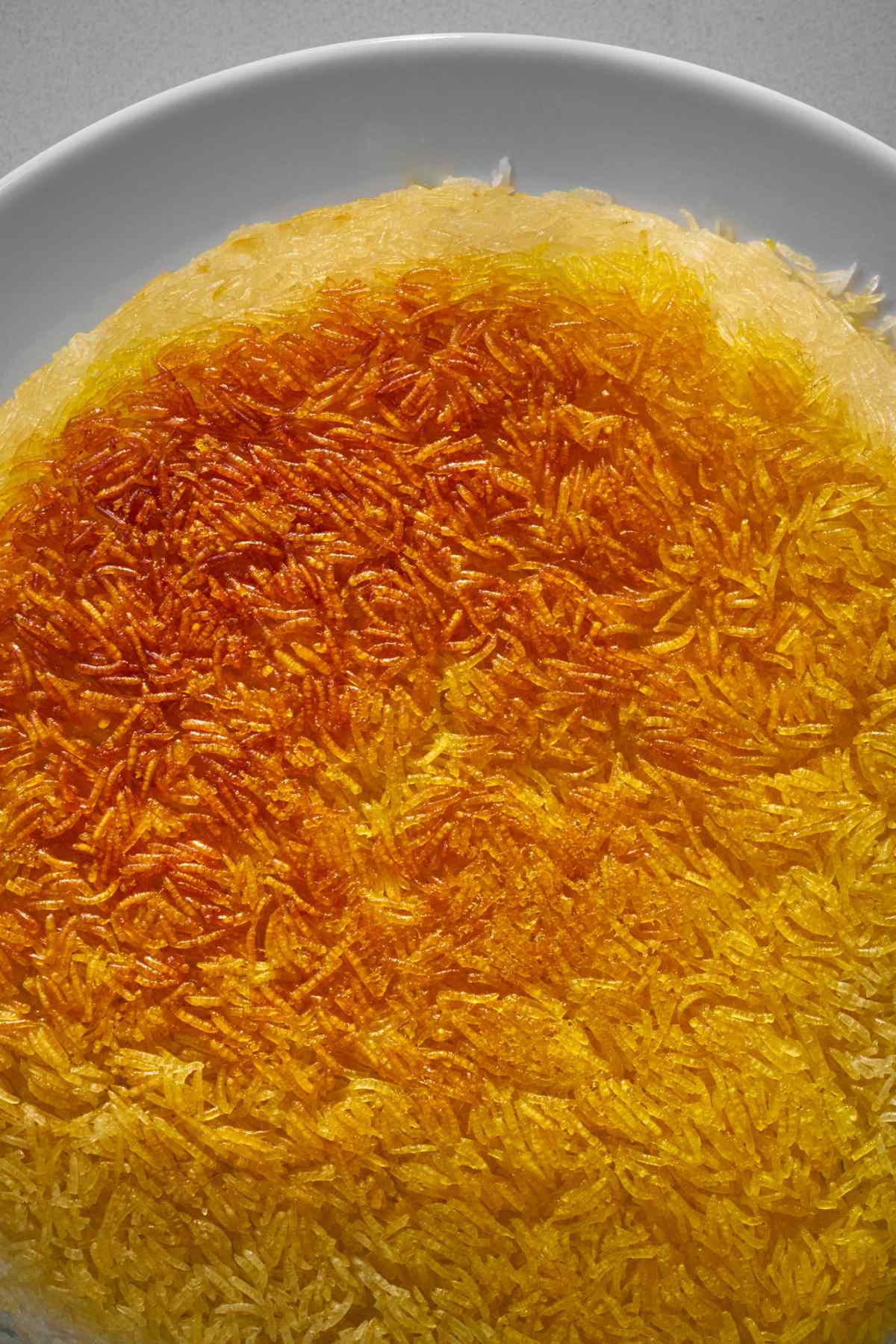
Tahdig is made of steamed rice and is a side dish. Tahchin is a full meal with other ingredients such as proteins or vegetables layered with rice. You can make a tahchin out of dishes like albaloo polo bah morg.
🌟Why this recipe works
Why this recipe is dairy-free
Tahdig is traditionally dairy-free, as it doesn’t have any dairy products in its original version. However, some modern variations of tahdig may include dairy-based ingredients such as yogurt or sour cream as a garnish or even butter in the recipe.
🧾Ingredients in this recipe
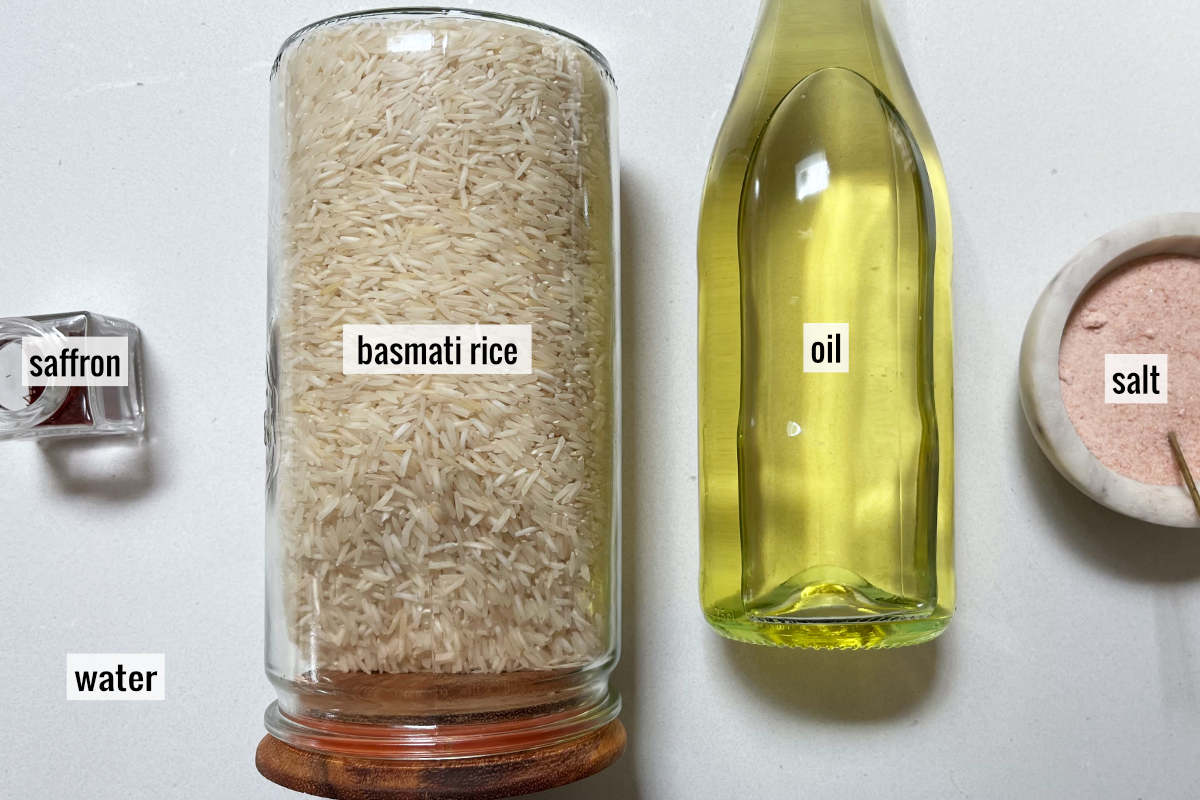
See the recipe card for full information on ingredients and quantities.
🫕The right pot or pan to use
Some recipes out there say you can use any pot or pan as long as it is well-oiled. That is just not true. If you want a tahdig that comes out every time, use a non-stick pan or pot.
Choosing a pot or pan depends on a few things:
👩🍳How to Make This Recipe
We will start by washing the rice and getting the saffron steeping. Then, we parboil and steam the rice with plenty of oil to get that crispy bottom.
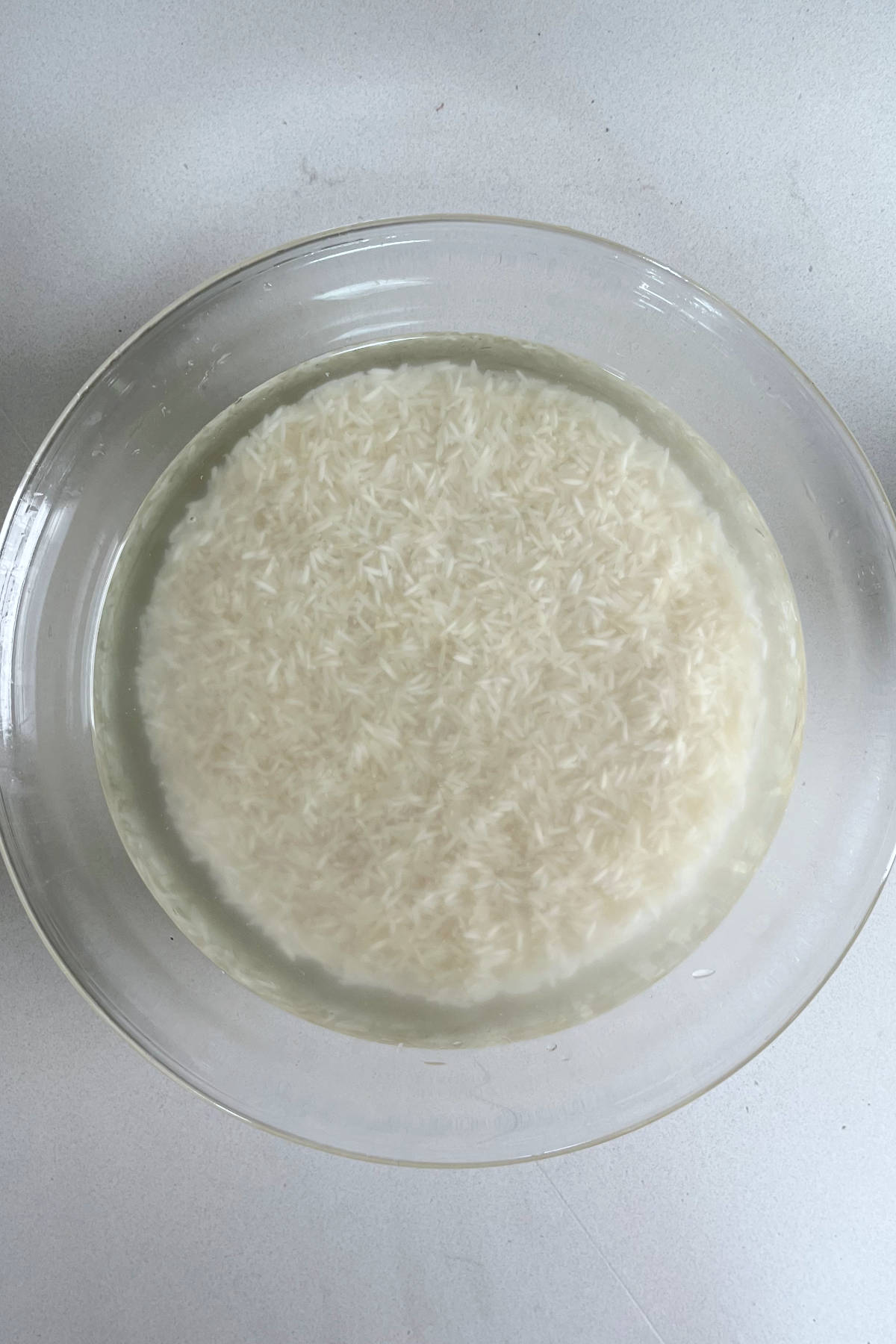
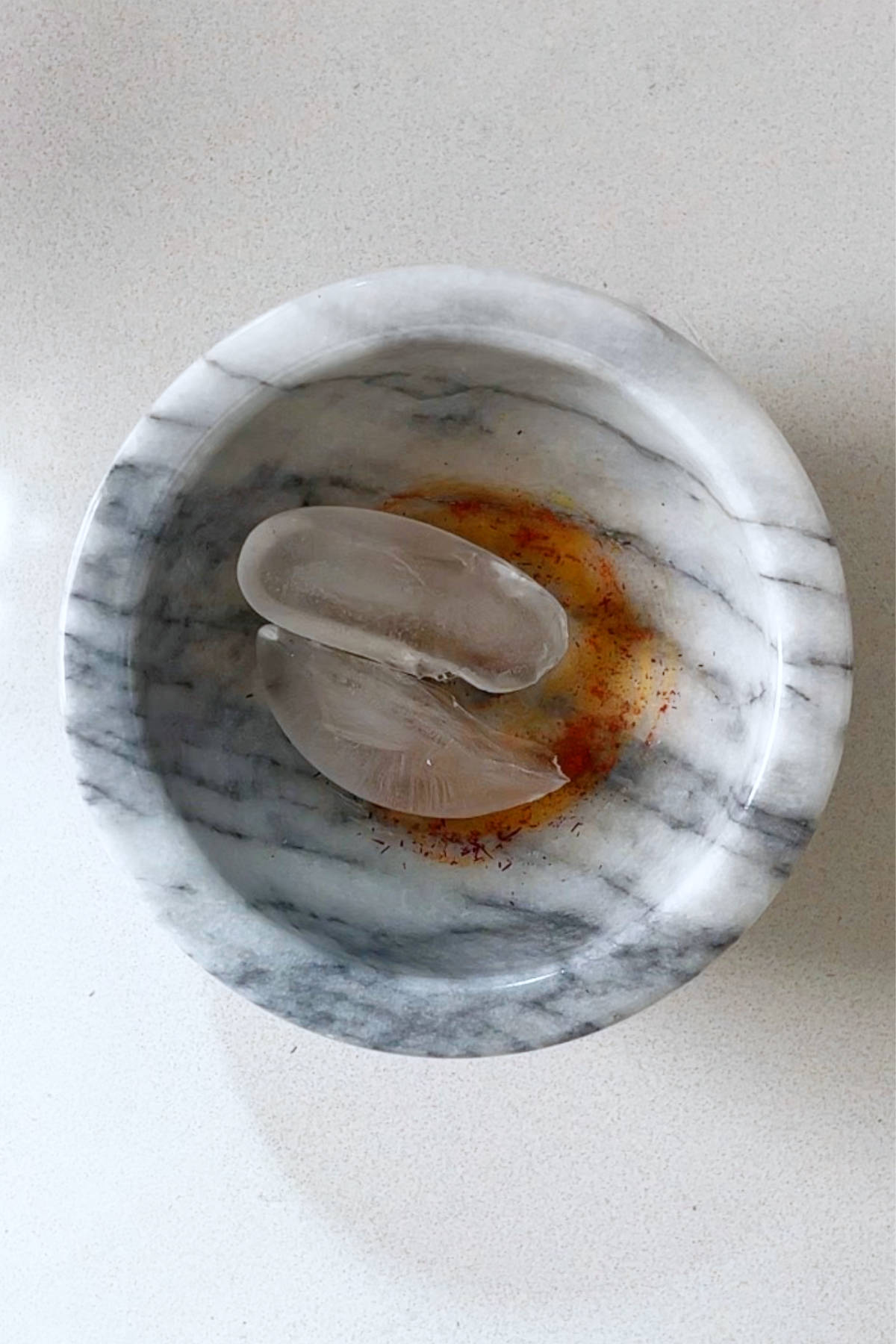
⭐️Pro Tip
This recipe works with 2-8 cups of dry rice, but it depends on our pot size I can make this recipe with as little as 3 cups in a 10-inch diameter pan. Ideally, you would have no less than an inch and a half of rice in the pot once it’s cooked, preferably more.
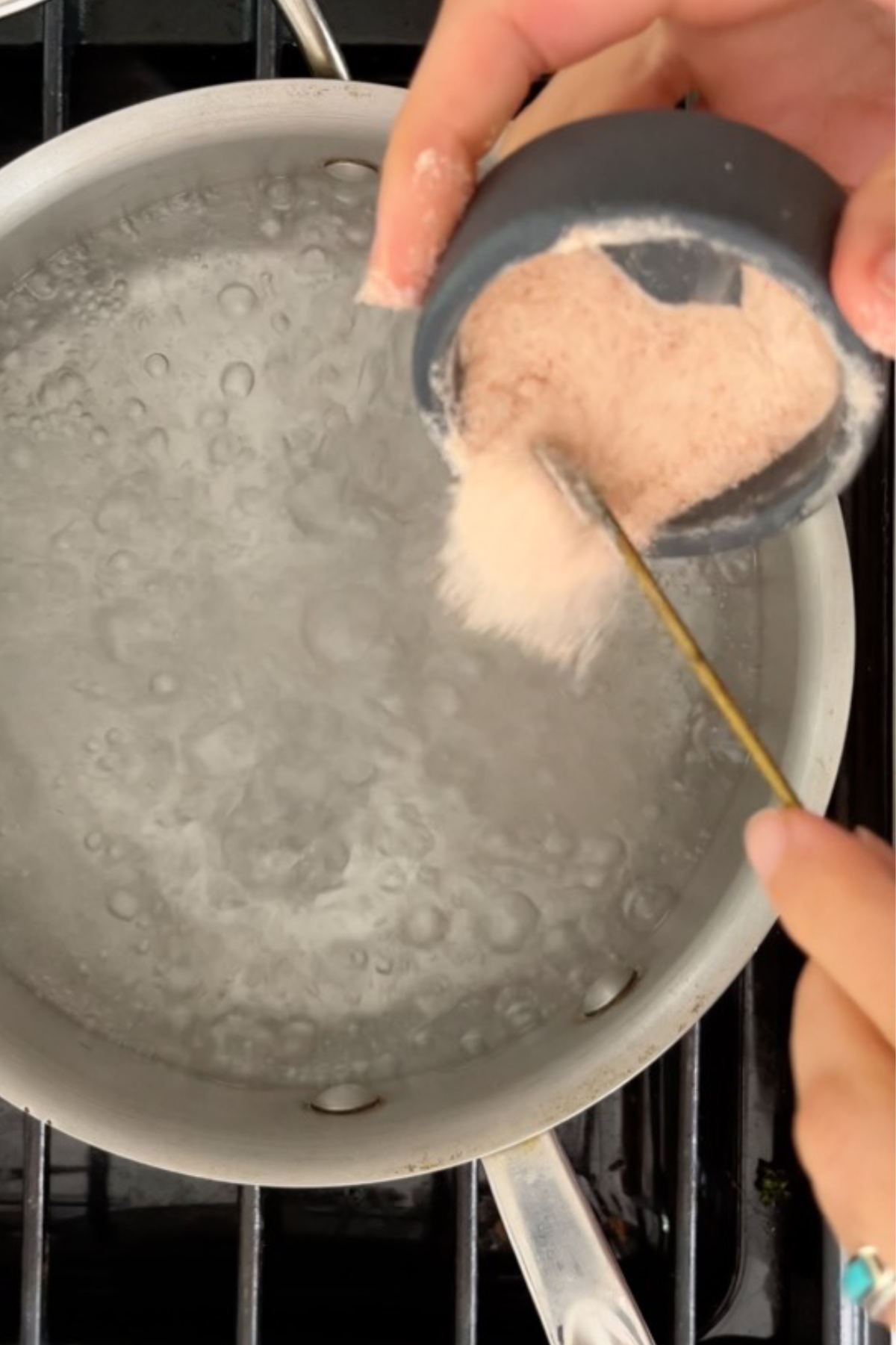
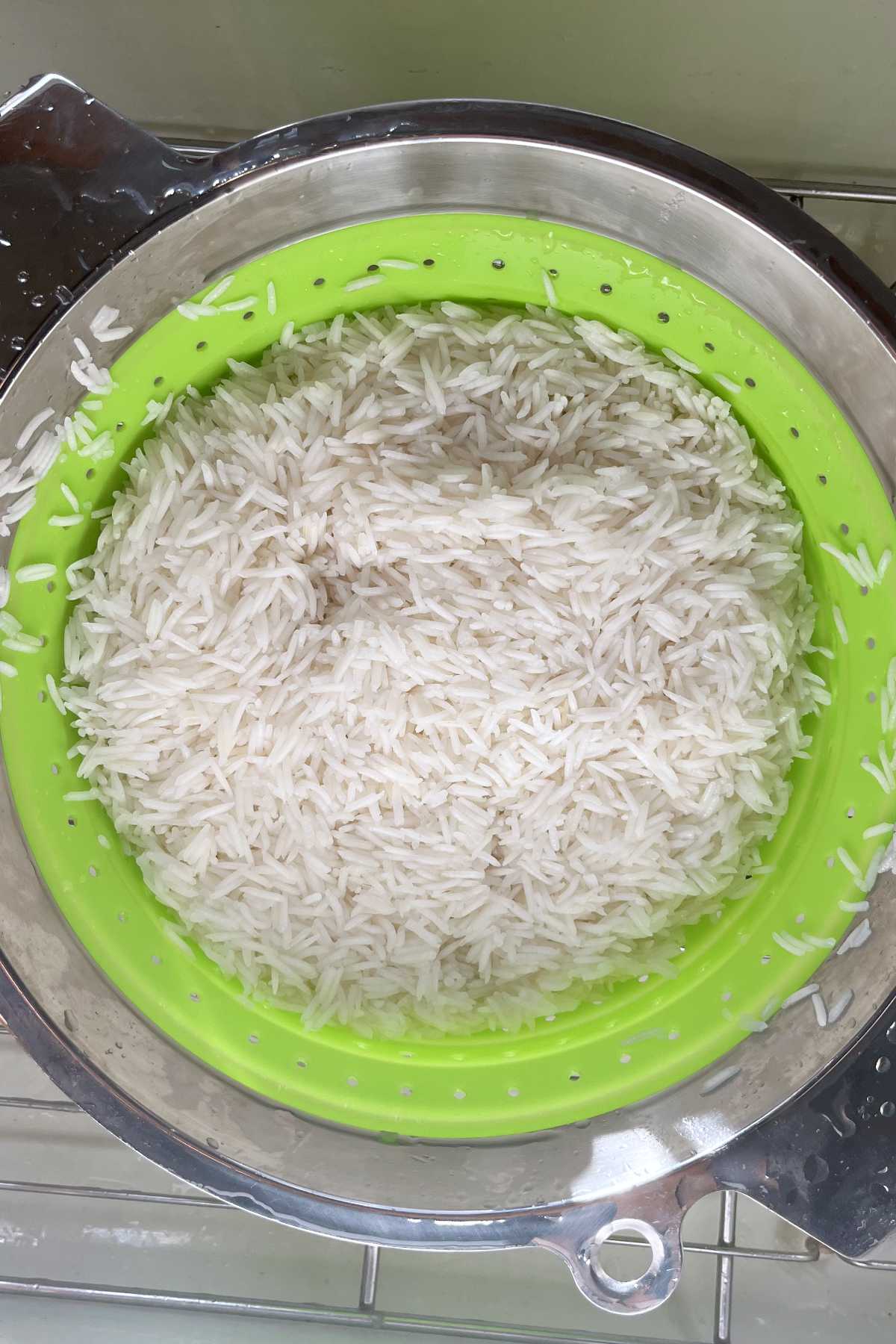
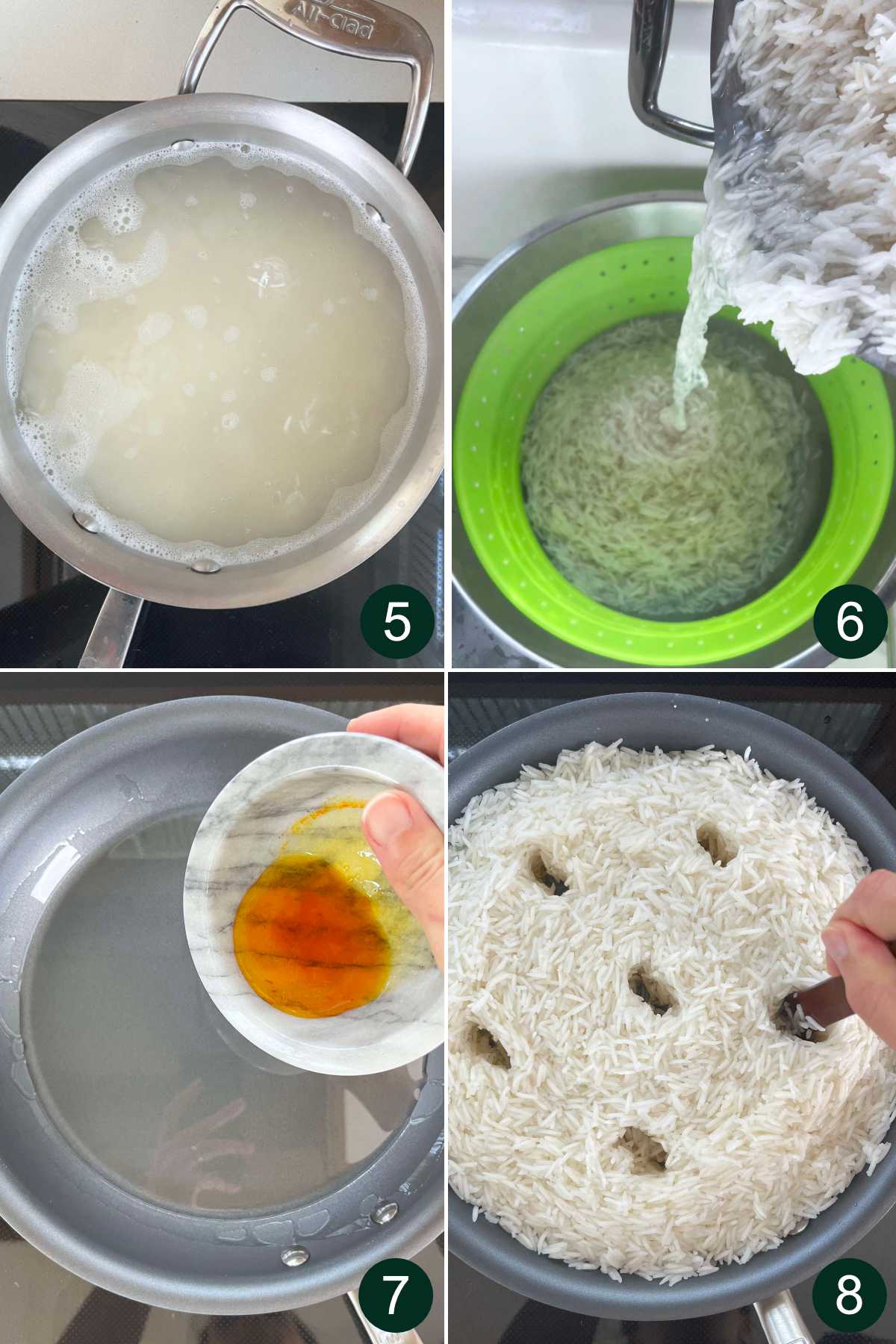
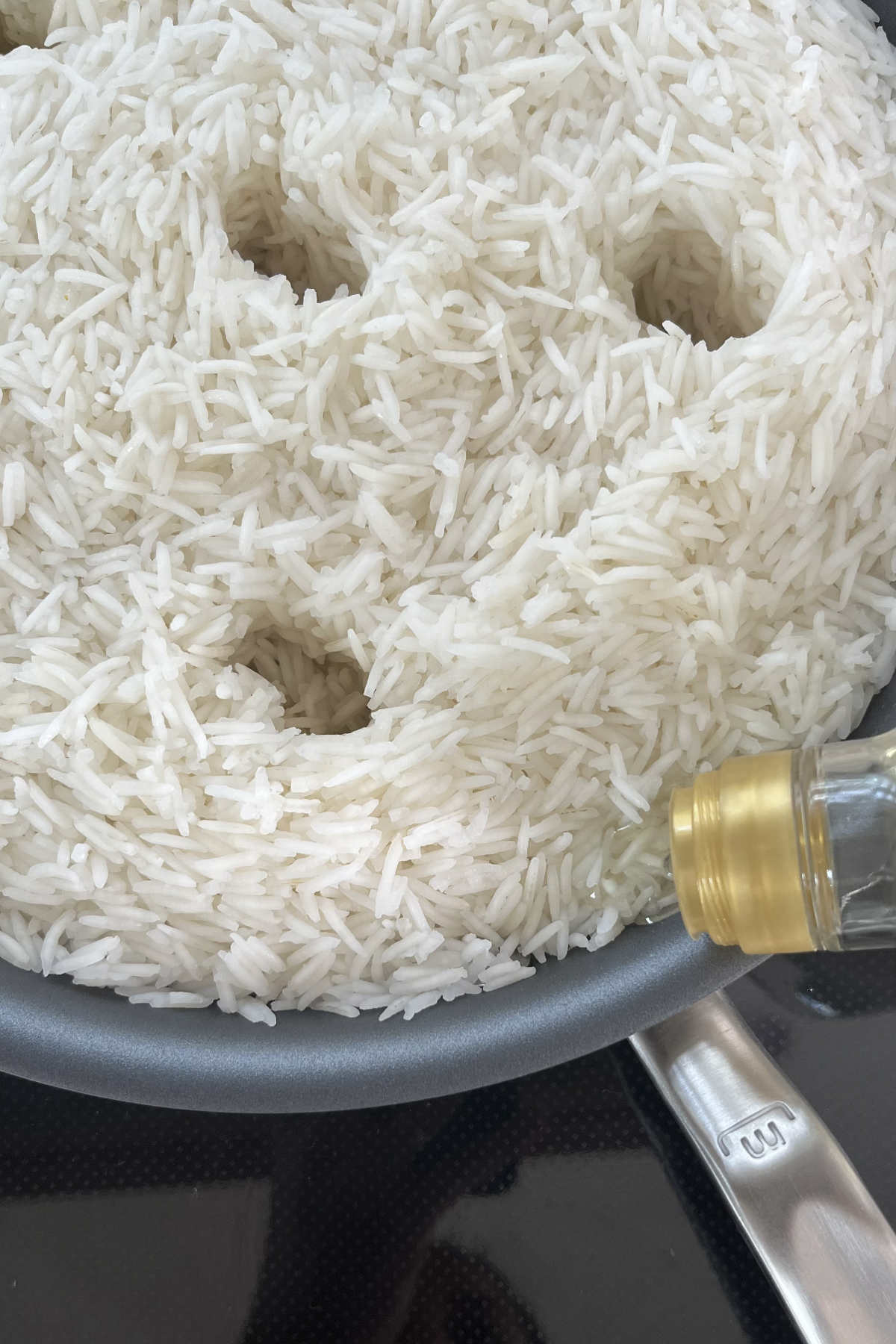
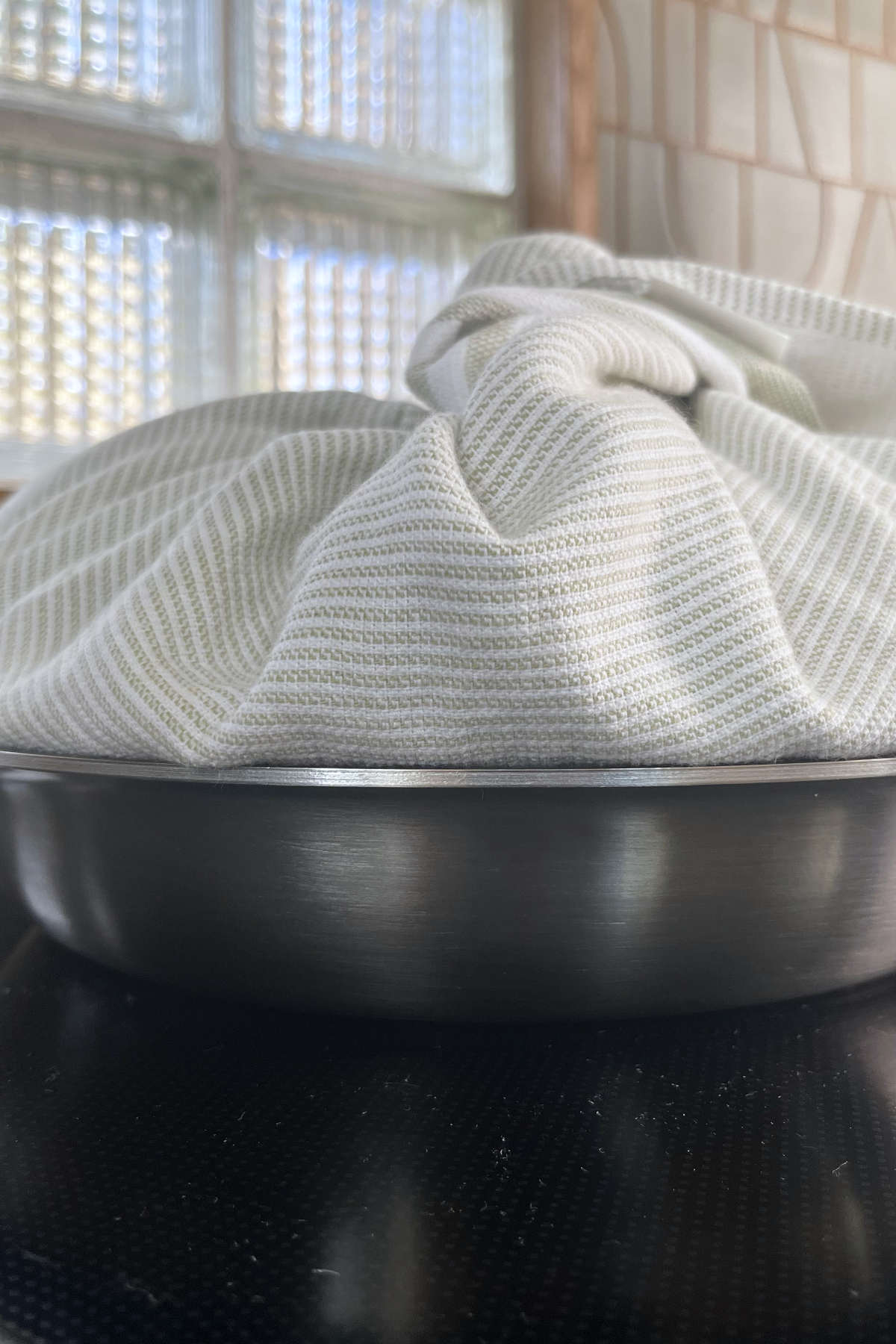
⭐️Pro Tip
If you are using a small burner or a gas burner, you’ll want to rotate the pot every 10-15 minutes to make sure it is browning evenly.
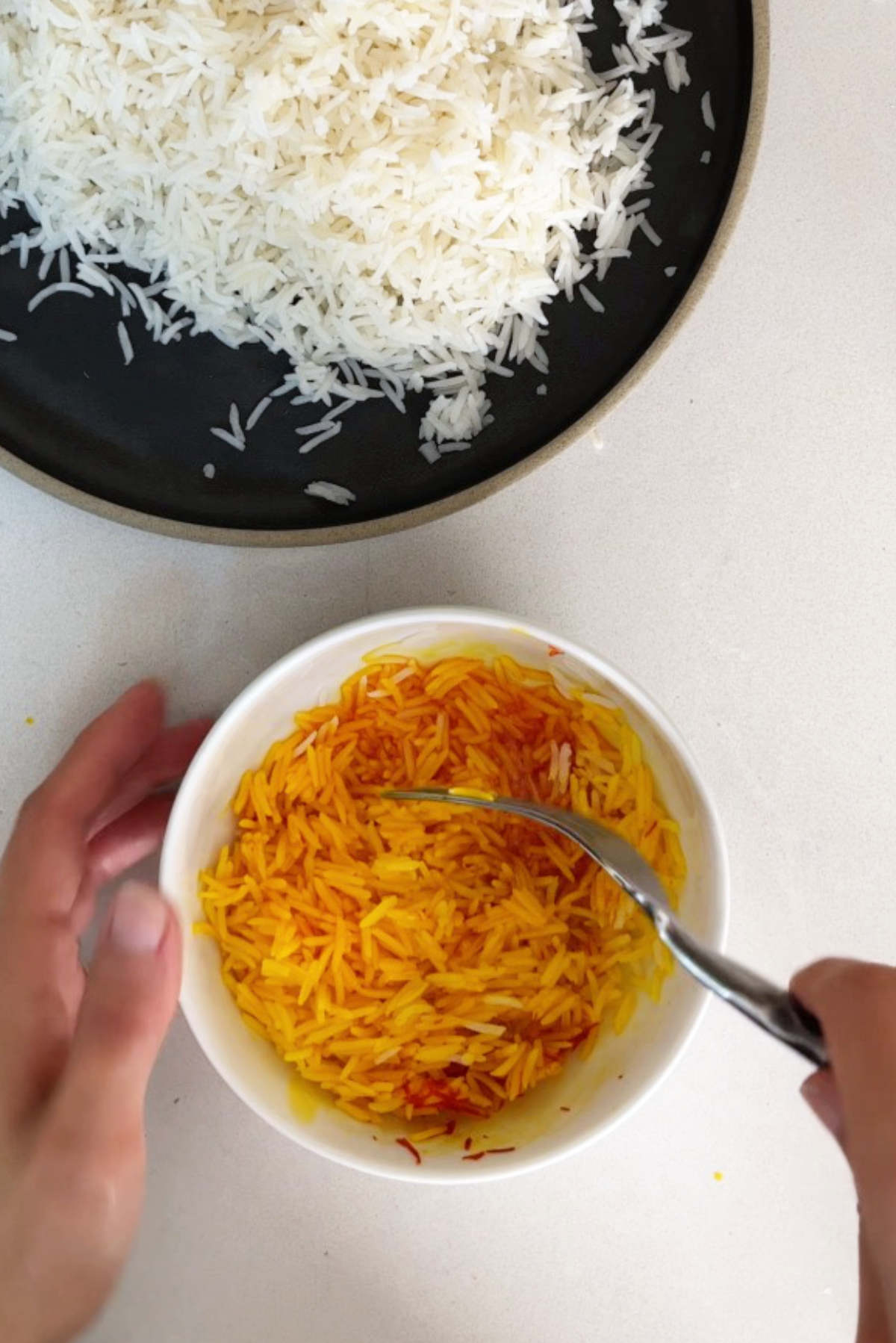
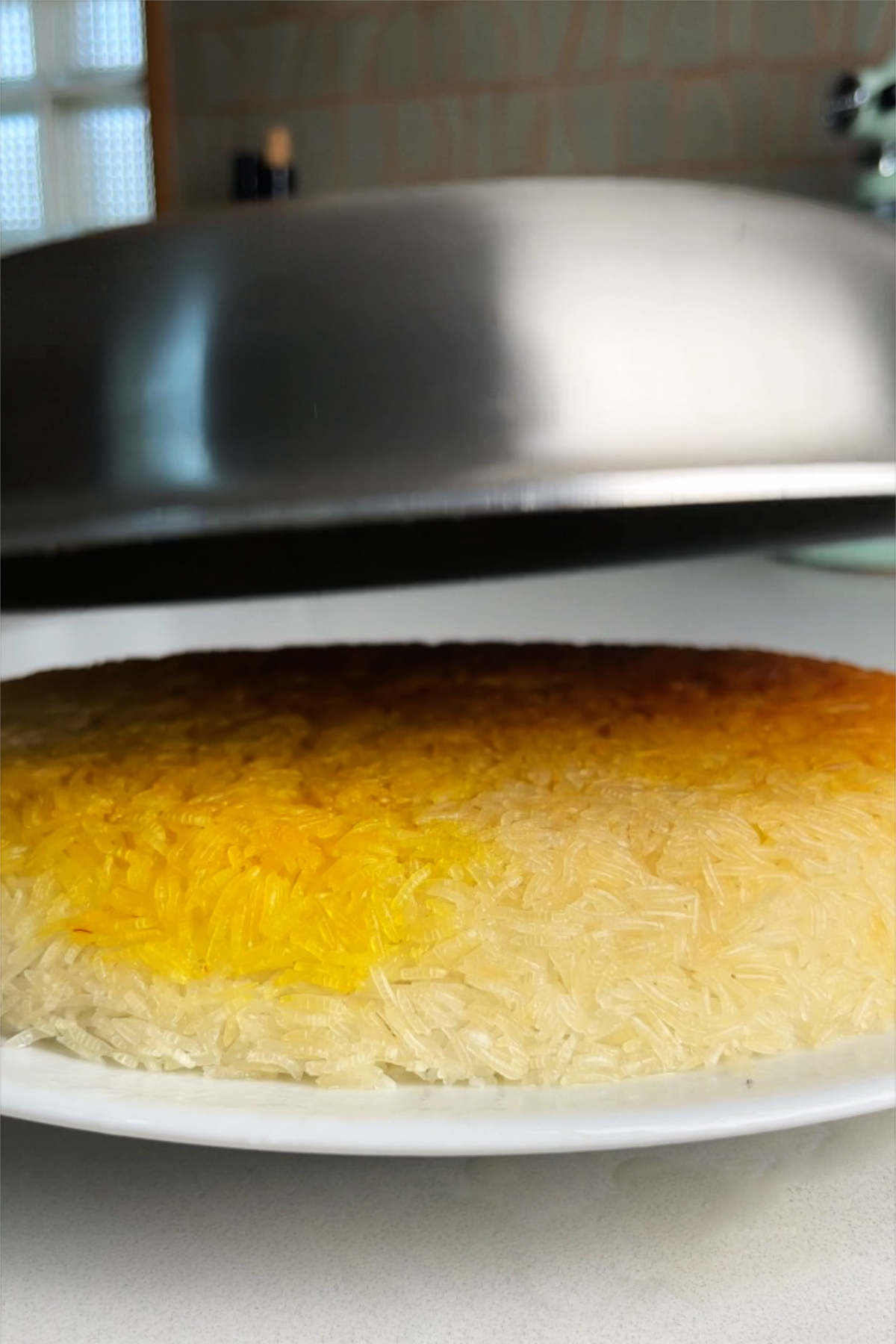
⭐️Pro Tip
If you’re using an old non-stick pan that isn’t as effective anymore, you may need help getting the tahdig to release from the pot. You can either run cold water on the outside of the pot or place the pot on a cold, wet kitchen towel to help you.
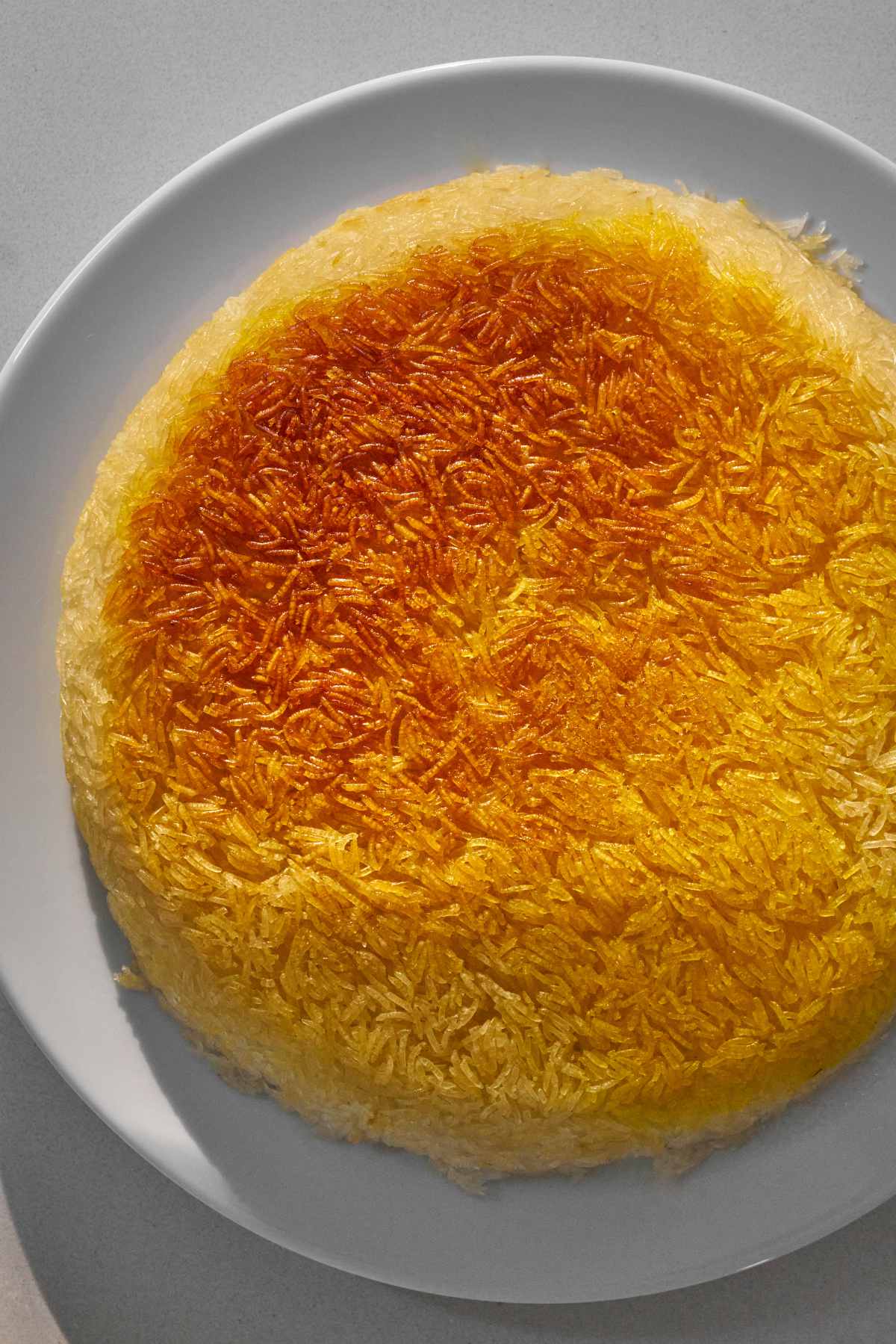
🍚More Persian rice you can turn into tahdig
You can turn either of these rice dishes into tahdig by using the directions in this recipe. Just make sure to use at least 2 cups of rice, preferably 3, and up to 8.
🍲What to serve with Tahdig
Pair crispy tahdig with one of these mouthwatering Persian recipes.
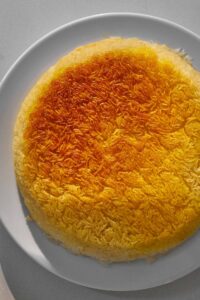
How to Make Perfect Persian Tahdig (Crispy Rice Recipe)
Print Recipe SaveEquipment
Ingredients
- 3 cups basmati rice you can use 2-8 cups, depending on your pot or pan, see notes
- 3 tbsp salt
- 6 tablespoons oil flavorless, like vegetable or canola
- 1 pinch saffron ground and bloomed in 2 tbsp hot water or over ice
Instructions
- Wash the rice in cold water until the water runs clear. This takes 3-6 times. Fill the bowl with cold water and let the rice soak until the next step two steps are done.
- In the meantime, prepare your saffron. Grind it using a mortar and pestle, then steep it in 2 tablespoons of hot water, or put a few cubes of ice on it. Set aside.
- Bring about ⅔ a pot water of water to boil. Add 3 tablespoon salt.
- Drain the water out of the bowl of rice, you can use a fine-mesh collander or sieve.
- Add the rice to the boiling water, and cook, like pasta, until al-dente, 5-10 minutes. Stir while it's cooking so the rice doesn't stick to the bottom of the pot.
- Drain the rice and gently rinse with cold water to stop the cooking. Taste it for salt. If it's too salty, give it another good rinse with cold water.
- Grab your non-stick pot or pan. If it's the same pot you used to par boil the rice, make sure it is clean. Heat it over medium, add 3 tablespoons of oil, half the steeped saffron, and stir to mix.
- Top with the drained rice, and form it into a pyramid. Using the back side of a kitchen utensil, make 6 deep holes in the rice, then put the lid on. Cook on medium heat, watching it carefully.
- When the lid gets foggy, ~5 minutes, pour the rest of the oil, 3 tablespoons, around the edges and over the rice. Add 2 tablespoons of water to the top of the rice. Cover with a lid wrapped in a kitchen towl and lower the heat to medium low*.
- Steam for 45-60 minutes until the tahdig is golden and crispy.
- Remove the excess rice from the top of the pot (the part that is domed) and mix in the rest of the saffron water. You can use a fork to fluff it in. Set it aside.
- Carefully and with oven mitts, flip the tahdig onto a serving dish.**

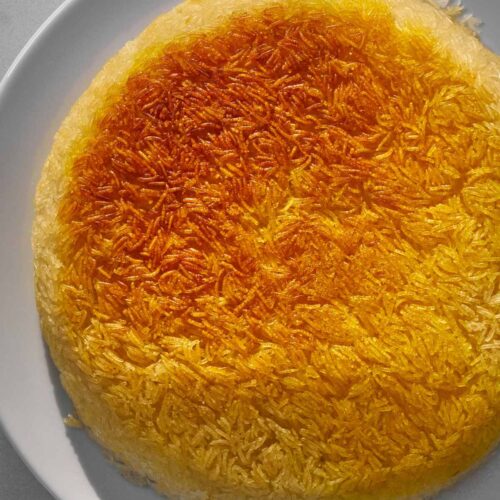
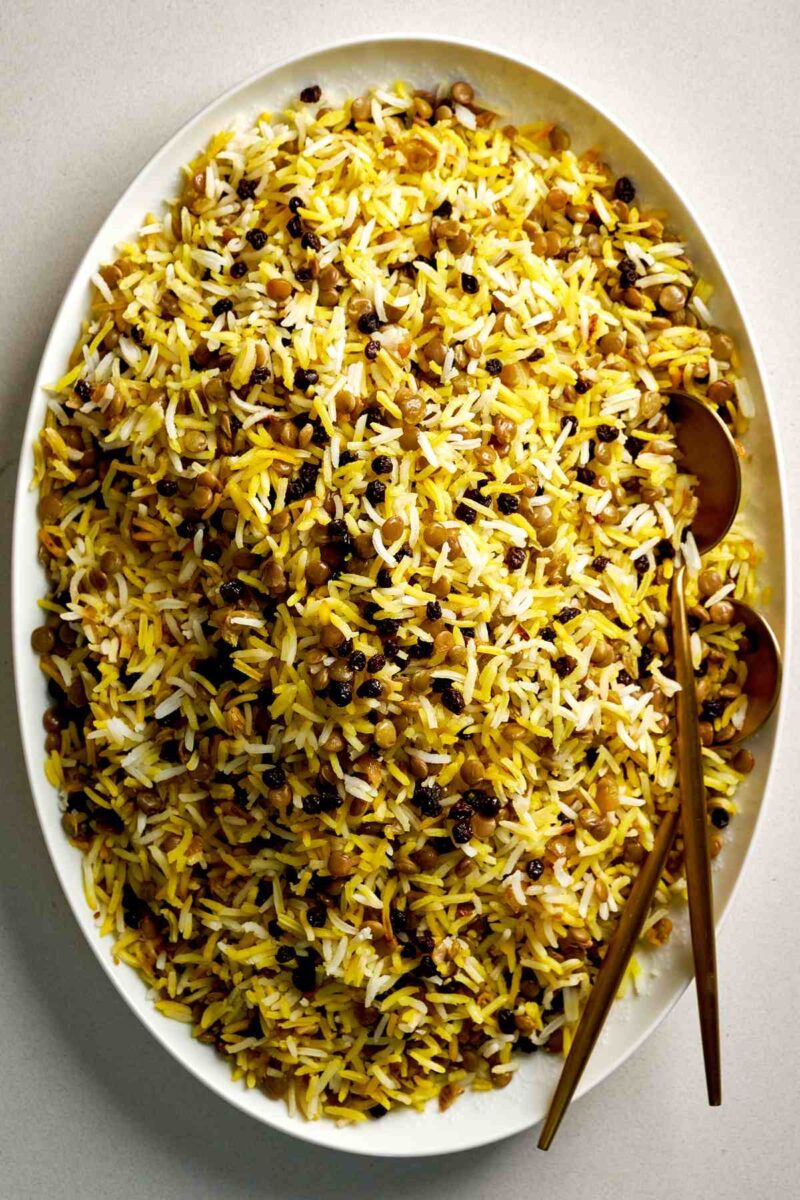
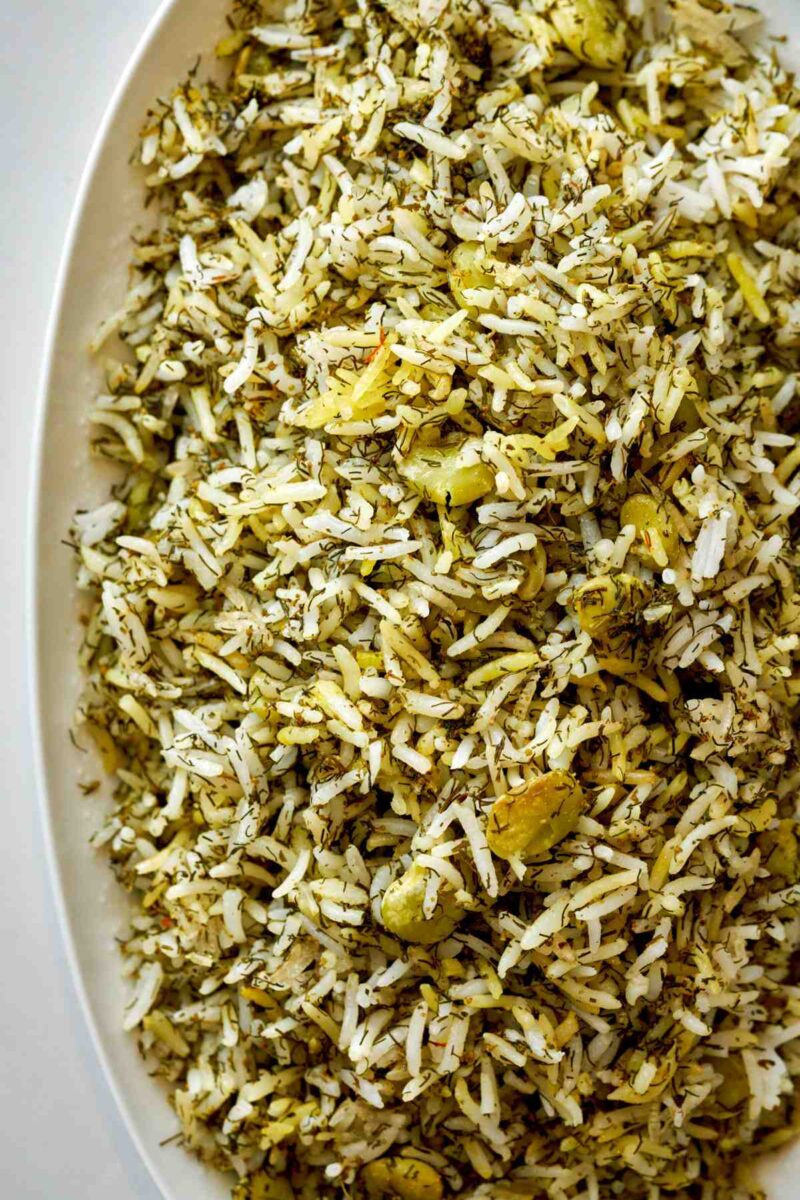
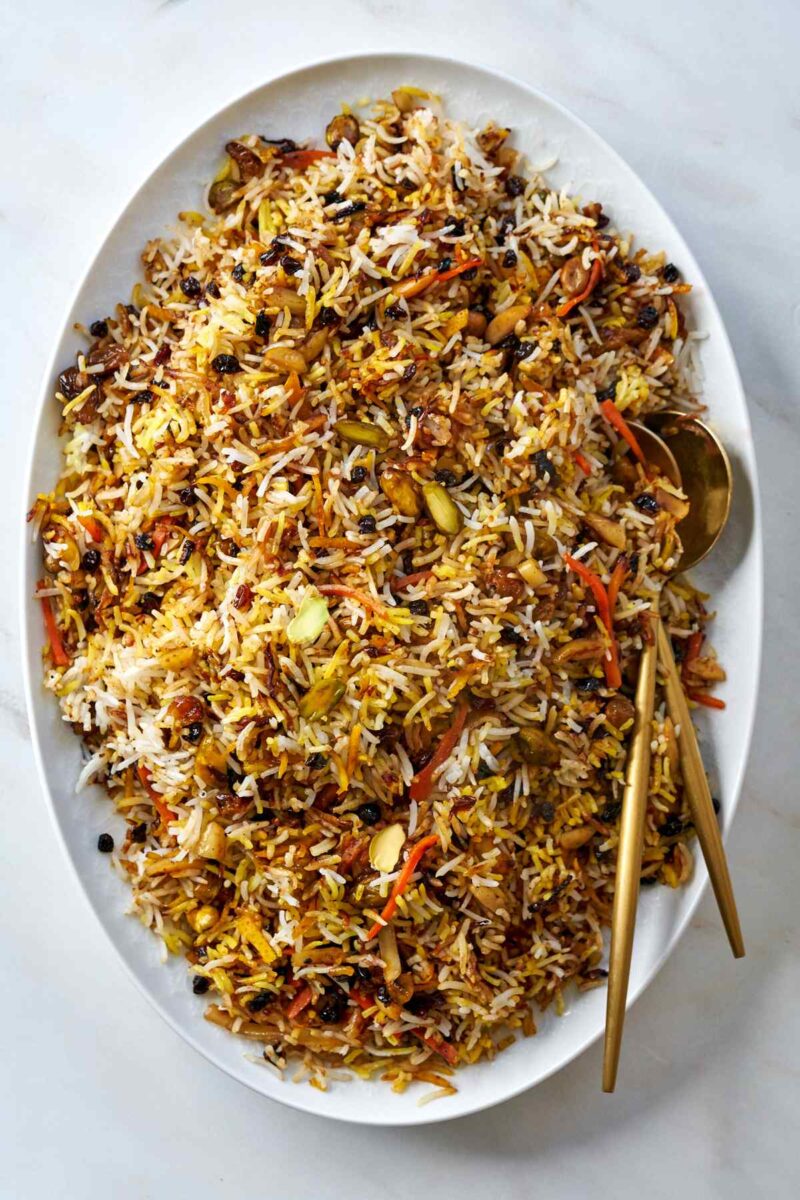
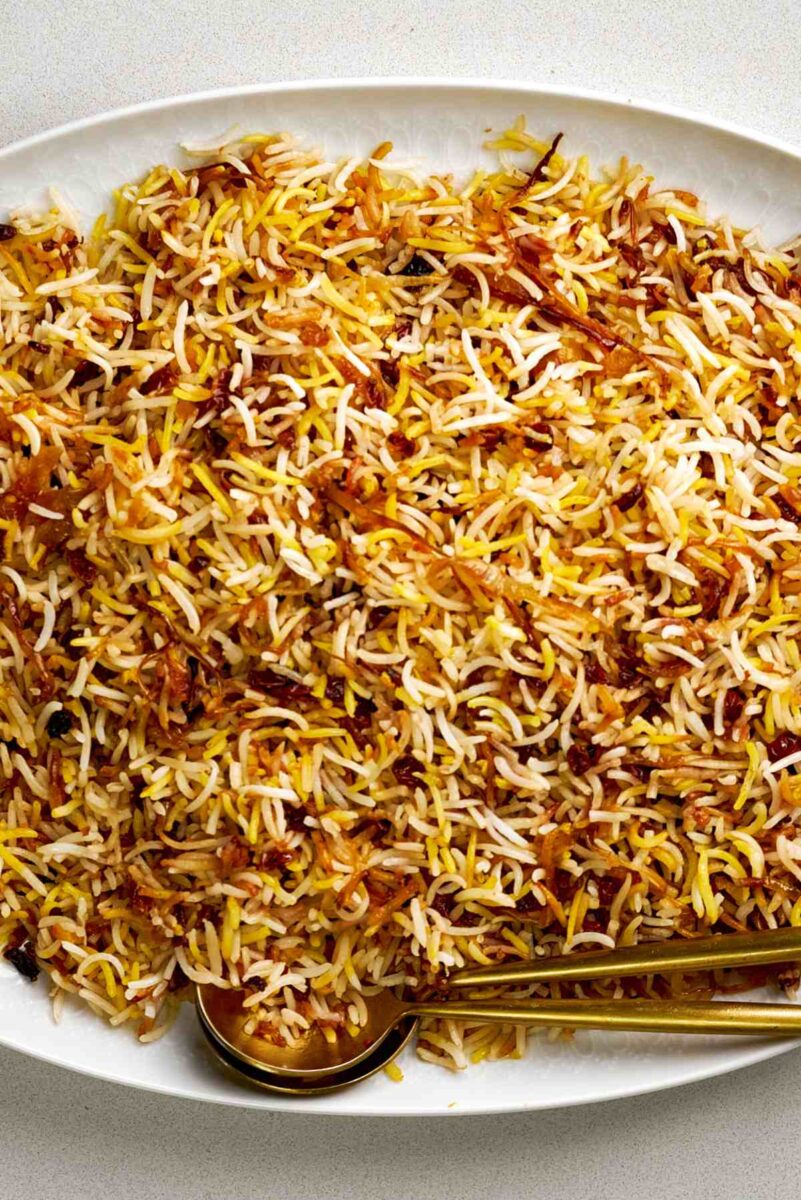
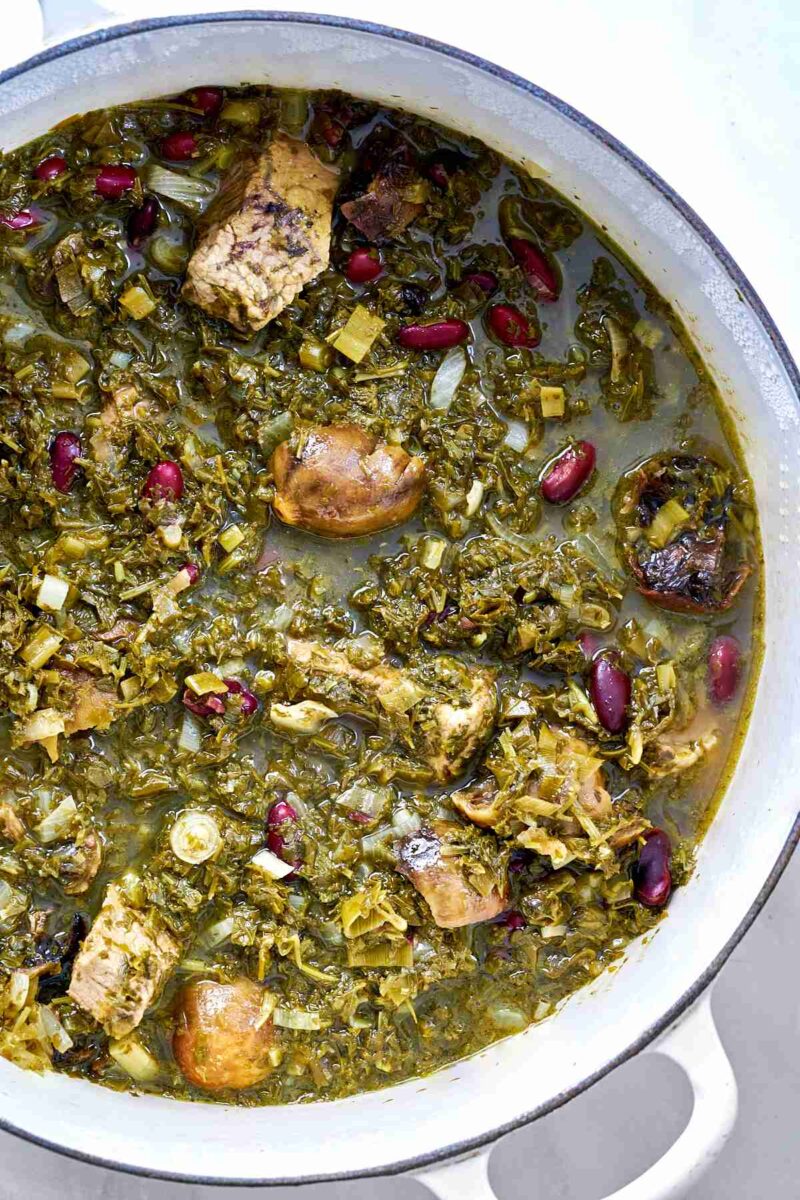
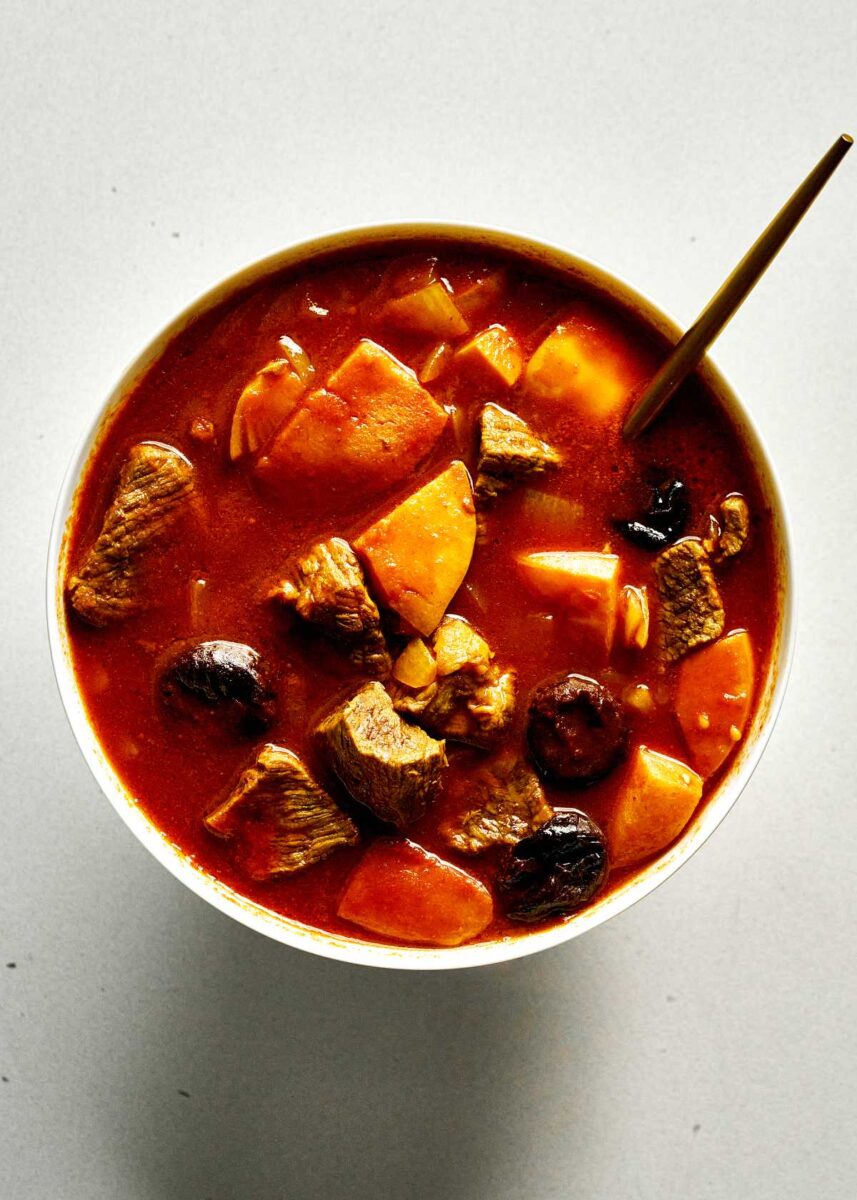
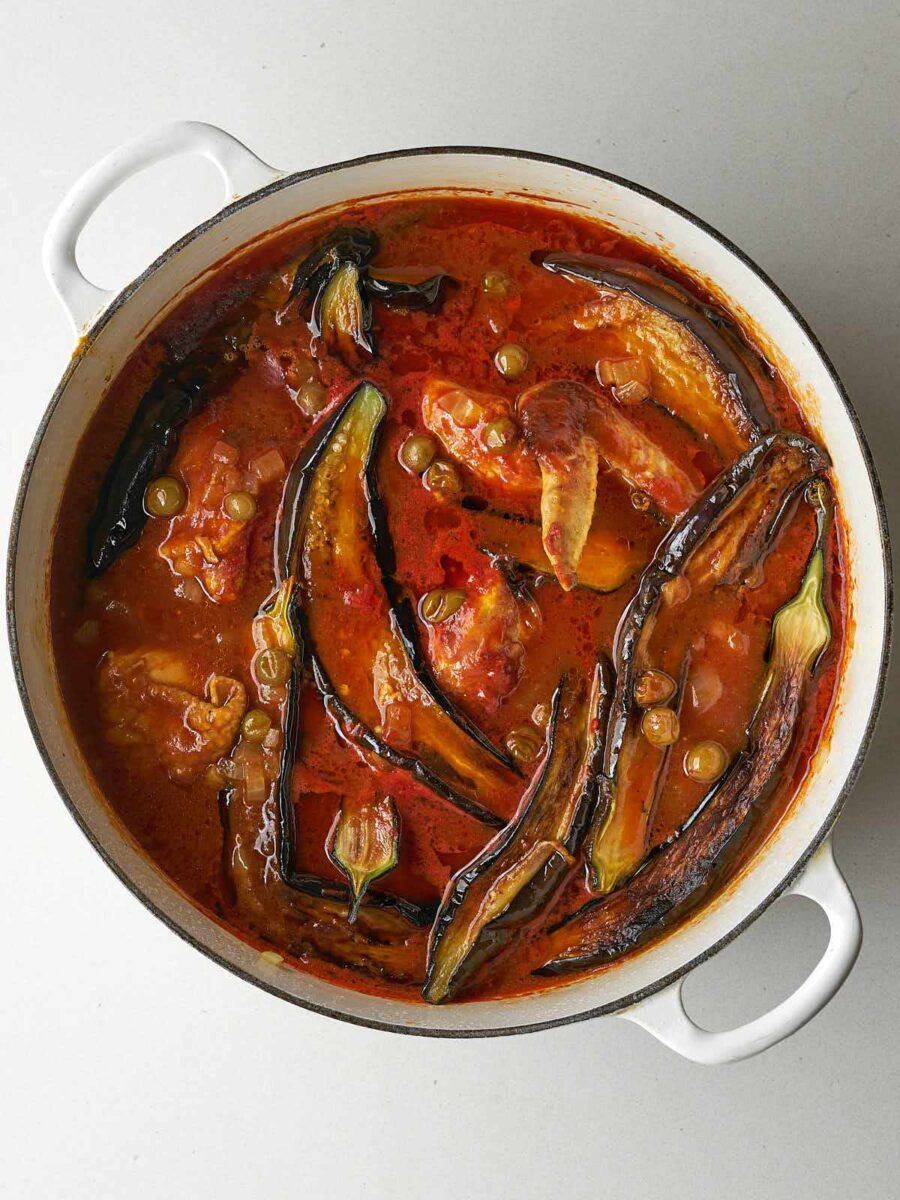
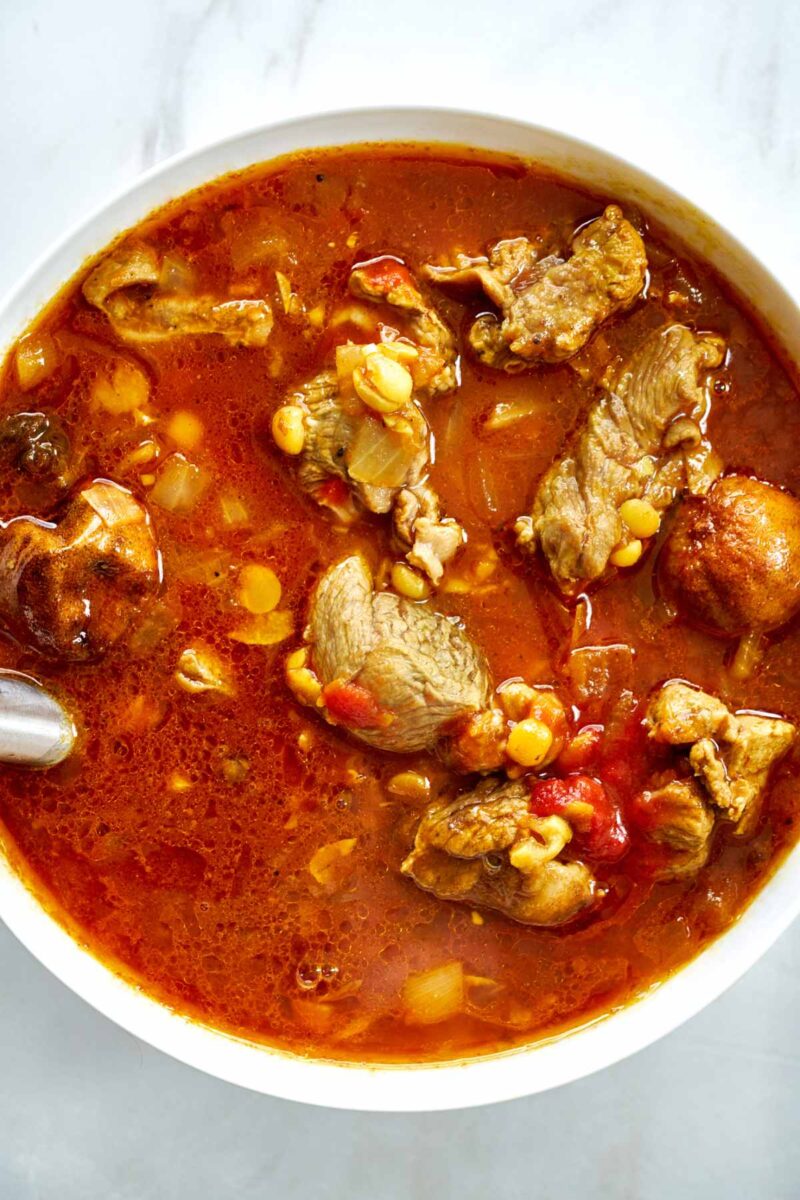
Is it possible to cook this in advance and reheat somehow and still have a satisfactory result (I.e crispy top) or does it have to be made fresh?
Unfortunately, the crispy tahdig layer is best eaten right away and doesn’t store well even though the rice stores fine.
What am I doing with the rice it says to set aside at the end?
Sorry if it should be obvious!
When you remove the rice from the pot, you set it aside while you flip the tahdig onto your platter. Hope this helps!
I have to admit that I have been super hesitant to try making Tahdig because well, I was pretty sure it would turn out to be a disaster. A friend sent me your recipe and all your tips were so helpful that I even surprised myself and the fam when it turned out delicious and crispy. I only wish I had a 4 ft wide pot so I could make even more crispy goodness in a batch. Thank you so much.
I’m so glad you enjoyed it so much you’d love to make a huge pot of it, Laurie… thank you for taking the time to share! Note that if you do end up using a bigger pot, you’ll need to make more rice for it to work… but it does work in bigger batches… my family makes it in pretty big non-stick pots when we have family over. Enjoy!